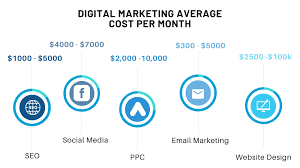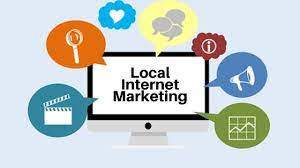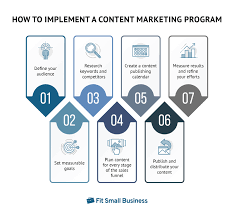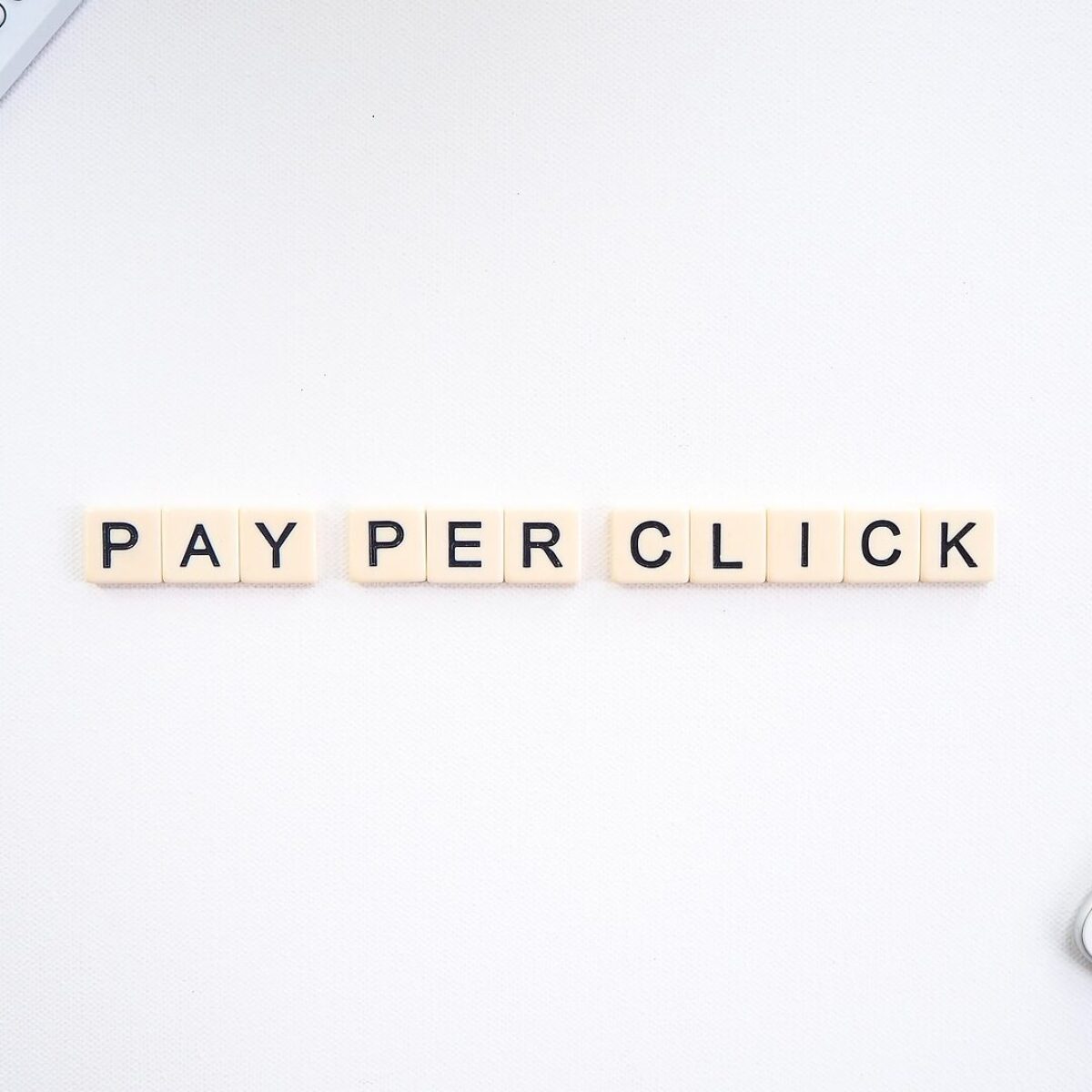The Cost of Digital Advertising
Digital advertising has become an essential component of any marketing strategy in today’s digital age. With the rise of online platforms and social media, businesses have a wide range of options to promote their products and services to a global audience. However, one of the key considerations when it comes to digital advertising is the cost involved.
The cost of digital advertising can vary significantly depending on various factors such as the platform used, the targeting options, ad format, and the competitiveness of the industry. Here are some key points to consider when evaluating the cost of digital advertising:
Platform Costs
Popular digital advertising platforms such as Google Ads, Facebook Ads, and Instagram Ads offer different pricing models including pay-per-click (PPC), cost-per-thousand-impressions (CPM), and cost-per-acquisition (CPA). The cost per click or impression can vary based on factors such as keyword competitiveness, audience targeting options, and ad placement.
Targeting Options
Advanced targeting options such as demographics, interests, behaviours, and location can impact the cost of digital advertising. The more specific your target audience is, the higher the cost may be due to increased competition for those audiences.
Ad Format
The type of ad format you choose can also affect the overall cost of your digital advertising campaign. Video ads tend to be more expensive than display or text ads due to higher production costs and engagement rates.
Industry Competitiveness
The competitiveness of your industry can also influence digital advertising costs. Industries with high competition for keywords or target audiences may require a higher budget to achieve desired results compared to less competitive industries.
Ad Performance
Your ad performance metrics such as click-through rate (CTR), conversion rate, and return on investment (ROI) play a crucial role in determining the overall cost-effectiveness of your digital advertising campaigns. Optimising your ads based on performance data can help reduce costs and improve results over time.
In conclusion, while digital advertising offers a powerful way to reach potential customers online, it’s essential for businesses to carefully consider the costs involved and develop a strategic approach to maximise their return on investment. By understanding the factors that influence digital advertising costs and continuously monitoring performance metrics, businesses can create effective campaigns that drive results within their budget constraints.
8 Essential Tips for Managing Digital Advertising Costs Effectively
- Set clear goals and objectives for your digital advertising campaign to ensure you are targeting the right audience.
- Monitor your ad performance regularly and make adjustments based on data analysis to optimize costs.
- Use A/B testing to compare different ad creatives, copies, and targeting strategies to find what works best within your budget.
- Consider using retargeting techniques to reach potential customers who have already shown interest in your products or services.
- Utilize relevant keywords and negative keywords in your campaigns to improve targeting and reduce unnecessary ad spend.
- Explore different advertising platforms such as social media, search engines, and display networks to diversify your reach while managing costs effectively.
- Optimize landing pages for better conversion rates, which can help increase the ROI of your digital advertising efforts.
- Track key metrics like click-through rates, conversion rates, cost per acquisition, and return on ad spend (ROAS) to measure the effectiveness of your campaigns.
Set clear goals and objectives for your digital advertising campaign to ensure you are targeting the right audience.
Setting clear goals and objectives for your digital advertising campaign is crucial to ensure that you are targeting the right audience effectively. By defining specific goals such as increasing website traffic, generating leads, or boosting sales, you can tailor your ad strategy to reach the audience most likely to help you achieve those objectives. Clear goals also help in measuring the success of your campaign and making informed decisions on budget allocation and ad performance optimization. By aligning your digital advertising efforts with well-defined goals, you can maximise the impact of your campaigns and drive meaningful results for your business.
Monitor your ad performance regularly and make adjustments based on data analysis to optimize costs.
Monitoring your ad performance regularly and making adjustments based on data analysis is crucial in optimising digital advertising costs. By closely tracking key metrics such as click-through rates, conversion rates, and return on investment, you can gain valuable insights into the effectiveness of your campaigns. This data-driven approach allows you to identify underperforming ads or targeting strategies and make informed decisions to improve results while maximising cost-efficiency. Regularly analysing your ad performance and making necessary adjustments ensures that your digital advertising efforts are continuously refined for optimal outcomes within your budget constraints.
Use A/B testing to compare different ad creatives, copies, and targeting strategies to find what works best within your budget.
Utilising A/B testing in your digital advertising strategy can be a cost-effective way to optimise your ad performance within your budget constraints. By comparing different ad creatives, copies, and targeting strategies through A/B testing, you can gather valuable insights into what resonates best with your audience and drives the desired results. This data-driven approach allows you to allocate your budget more efficiently towards the strategies that yield the highest return on investment, ultimately maximising the effectiveness of your digital advertising campaigns.
Consider using retargeting techniques to reach potential customers who have already shown interest in your products or services.
Consider incorporating retargeting techniques into your digital advertising strategy to effectively reach potential customers who have previously shown interest in your products or services. By targeting individuals who have already interacted with your brand, whether by visiting your website or engaging with your ads, retargeting helps keep your business top of mind and encourages conversions. This personalised approach can lead to higher engagement rates and improved ROI, making it a cost-effective way to re-engage with interested prospects and drive them towards making a purchase decision.
Utilize relevant keywords and negative keywords in your campaigns to improve targeting and reduce unnecessary ad spend.
To optimise your digital advertising cost, it is crucial to utilise relevant keywords and negative keywords effectively in your campaigns. By incorporating relevant keywords that align with your target audience’s search queries, you can improve targeting and enhance the visibility of your ads to potential customers. Additionally, integrating negative keywords helps filter out irrelevant traffic and prevents your ads from showing up in unrelated searches, thereby reducing unnecessary ad spend and ensuring that your budget is allocated towards reaching the right audience. Strategic keyword management is key to maximising the efficiency and effectiveness of your digital advertising campaigns.
Explore different advertising platforms such as social media, search engines, and display networks to diversify your reach while managing costs effectively.
To effectively manage digital advertising costs, it is advisable to explore various advertising platforms such as social media, search engines, and display networks. By diversifying your reach across different platforms, you can target a wider audience while also spreading out your budget more efficiently. Each platform offers unique targeting options and pricing models, allowing you to tailor your campaigns based on your specific goals and budget constraints. This approach not only helps maximise your advertising reach but also enables you to optimise cost-effectiveness by leveraging the strengths of each platform for different aspects of your marketing strategy.
Optimize landing pages for better conversion rates, which can help increase the ROI of your digital advertising efforts.
Optimising landing pages is a crucial strategy to improve conversion rates in digital advertising campaigns. By creating landing pages that are relevant, user-friendly, and compelling, businesses can enhance the overall effectiveness of their ads and increase the likelihood of converting visitors into customers. A well-optimised landing page can lead to a higher ROI by ensuring that the traffic generated from digital advertising efforts is maximised and results in meaningful actions such as purchases or sign-ups. Investing time and resources into refining landing pages can significantly impact the success of digital advertising campaigns and ultimately drive better returns on investment.
Track key metrics like click-through rates, conversion rates, cost per acquisition, and return on ad spend (ROAS) to measure the effectiveness of your campaigns.
Tracking key metrics such as click-through rates, conversion rates, cost per acquisition, and return on ad spend (ROAS) is crucial in evaluating the success of your digital advertising campaigns. By monitoring these metrics closely, you can gain valuable insights into the performance of your ads and make informed decisions to optimise your campaigns for better results. Click-through rates indicate the level of engagement with your ads, while conversion rates measure how effectively your ads are driving desired actions. Understanding the cost per acquisition helps you assess the efficiency of acquiring new customers, and ROAS provides a clear picture of the profitability of your advertising efforts. By focusing on these key metrics, you can refine your strategies and maximise the impact of your digital advertising within your budget constraints.




